The Connection: December 2024 Issue #44
EOS (Entrepreneurial Operating System) is a system that helps businesses achieve their goals and stay organized. One key aspect of EOS is the quarterly meeting, which helps businesses review their progress and make plans for the future.
Here’s an article on ensuring your quarterly meetings are effective and successful.
Understand the Purpose of Quarterly Meetings
A quarterly meeting in the EOS system gives the leadership team time to reflect on the business’s performance, address any issues, and set goals for the next quarter. These meetings help the team understand whether the business is on track and aligned with its bigger goals.
Follow the EOS Meeting Structure
The EOS quarterly meeting follows a specific structure to make sure the meeting stays focused and efficient. Here’s what the structure generally looks like:
- Check-in: This is a quick and simple round where team members share their thoughts or feelings before the meeting starts. It helps to create an open and positive environment.
- Review of the past quarter: This is when you look at the goals you set for the previous quarter and analyze if you met them. You’ll discuss what went well and what didn’t.
- Addressing issues: During the quarter, you will discuss problems or challenges. It is your chance to identify and solve issues as a team.
Be Consistent with Frequency
Quarterly meetings are meant to happen every 90 days, no more, no less. Sticking to this schedule is important because it keeps the team focused on long-term goals while ensuring regular progress checks. If the meetings are too far apart, it can be easy to lose track of your goals, but if they happen too often, they might not feel as meaningful. Consistency is key to ensuring your business stays on track throughout the year.
Use the EOS L10 Meeting Template
The EOS L10 meeting template is a tool that helps you run meetings in a structured way. It’s designed to keep your meetings on track and ensure you don’t spend too much time on any one part of the agenda. Here’s a quick look at the L10 meeting format:
- 60-minute meeting: The entire meeting should last about 60 minutes. This time frame keeps things focused and efficient.
- Focus on accountability: Every person in the meeting should be accountable for specific tasks and goals. You’ll discuss what was done, what wasn’t, and how to fix any problems.
- Issue-solving: The most important part of the meeting is solving issues. You’ll focus on solving 3-5 major issues the company faces and develop action steps to address them.
Involve the Right People
It’s essential to invite the right people to the quarterly meeting. The leadership team or other key decision-makers must attend to ensure alignment on big decisions. Having the right people in the room ensures that the team can make decisions that affect the business. The meeting should include those who understand the company’s vision and can contribute to shaping its direction.
Solve Problems and Identify Actionable Steps
The quarterly meeting is about solving issues. When the team identifies an issue, they should discuss possible solutions and decide on clear action steps to resolve it. First, specify what to do, who will do it, and when to complete it. This ensures that everyone leaves the meeting with a clear understanding of their responsibilities and how they contribute to fixing any issues without confusion.
Follow Up
After the meeting, follow up on the action items. Check in regularly to ensure progress is being made on the tasks discussed. If there are any roadblocks or delays, they should be addressed right away. Tracking progress holds people accountable and ensures teams complete the work discussed in meetings. It also helps prepare for the next quarterly meeting, where the team will need updates on the status of the action items.
Conclusion:
By taking these steps and staying committed to the EOS quarterly meeting process, your team will stay focused, organized, and aligned on the company’s long-term goals. Setting the right goals, solving issues, and ensuring everyone knows how to keep the business moving forward are essential.




